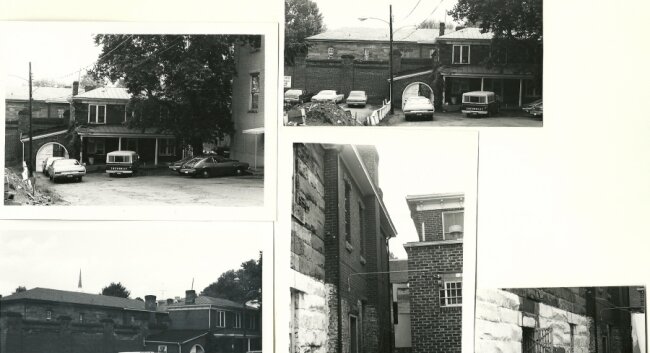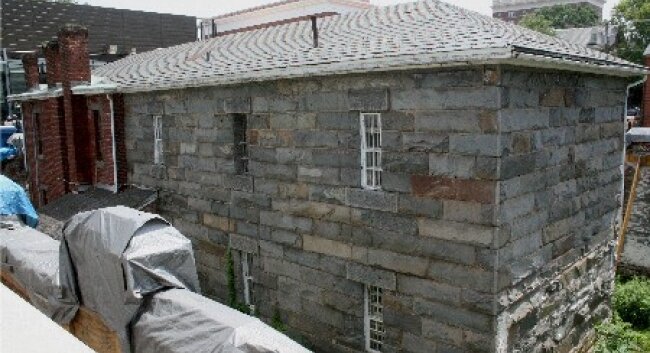Modern markers: History tour goes high-tech
Our area is thick with sturdy historic makers, those grey and black signs with inlaid text explaining the brief history of a place along the roadsides or next to parking lots and buildings. But thanks to an initiative of Charlottesville's Historic Resources Committee, historic sites in the City will soon have markers decidedly less cumbersome.
"You will be able to walk around town, spot a small audio tour sign near a historic site and dial the phone number on it, or enter the QR code in your smart phone, for a description of its history," explains city preservation planner Mary Joy Scala, who says the descriptions will be narrated by some "Charlottesville personalities" who'll identify themselves at the end of a one-minute talk. "It’s intended to be fun, easy, and educational."
Scala says that the project is largely the initiative of UVA graduate student intern, Kristin Rourke.
"Kristin has been very careful to check the facts to separate old myths from verifiable information," says Scala.
At present, Rourke says there are 10 audio clip tours, including the County Court House, Swan Tavern, Jackson Park, the old County Jail, Lee Park, Historic Houses of Worship, Nancy West House Site, Sacajawea Statue, Downtown Pedestrian Mall, and Vinegar Hill, with more to come in the near future.
In addition, says Rourke, the walking tour guide is being updated with a new map, new photos, and a few additional sites, including the Monticello Hotel, the Paramount Theater, and the Jefferson-Madison Regional Library.
Displays of Charlottesville historic districts are also going up around town, like the Ridge Street one currently up at the Transit Center. Next, displays of the Rugby/Corner and Woolen Mills districts will go up. The Gordon Avenue Library will also be featuring the displays.
Rourke is also particularly interested in the circa 1876 old County Jail off High Street, and she says there is a small temporary display of her findings at the Albemarle Charlottesville Historical Society. The Hook, too, dug into the jailhouse history in a 2009 story called Jailhouse talk: County developing re-use plan, and also brought to life Charlottesville's most famous murder mystery, the 1904 murder of the wife of Charlottesville mayor Sam McCue; he was incarcerated in the old jail.
"I found an old jail records book from 1875-77 which lists early prisoners right at the time the jail was first built," says Rourke. "We can see what crimes they were charged with, what sort of fine they would have had to pay for their crime, and how long they would have been kept in the jail."
Rourke says she also found an article about a man escaping from the jail in 1909 through a hole in the roof.
Although it is unclear in the deed record, the current “old” jail was not built from the stones of an earlier jail that would have stood where the county clerk’s office is today, says Rourke. The county exchanged this older jail, jail number 4, with the city for the land on which the current jail, number 5, was built.
"Because the city was actually using number 4, we assume it must have still been standing, not torn down and recycled," she says.
Very recently, Rourke says, she was given papers on the Stewart Iron Works company that manufactured the jail’s cells in the 1890s.
"The company is actually still in business," she says, "and I hope to contact them to see what sorts of information they might have about our cells, when they were installed, how they were made."
According to Scala, the display will also go up at the Midtown Street Fair in September, and later become part of one large exhibit for the City's 250 birthday celebration in 2012. As for the old County Jail, the long-term plan is to assist the Albemarle Charlottesville Historical Society in its plans to transform the Old County Jail into a display space featuring a grand history of the Charlottesville area.

